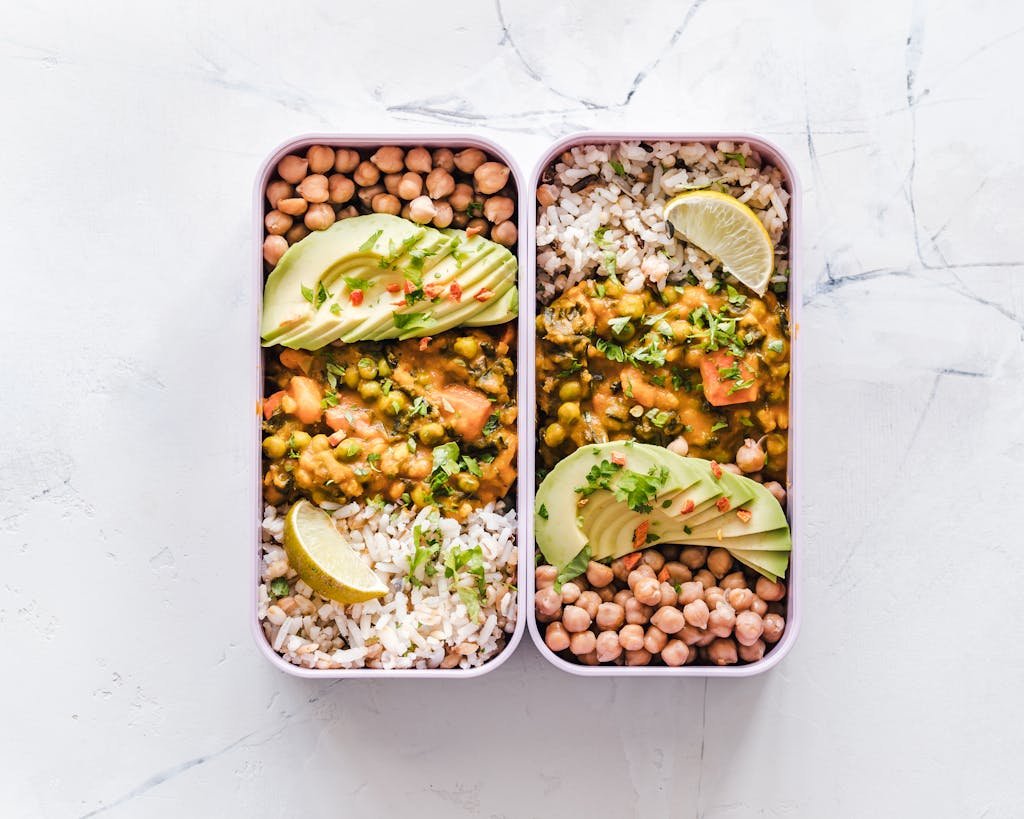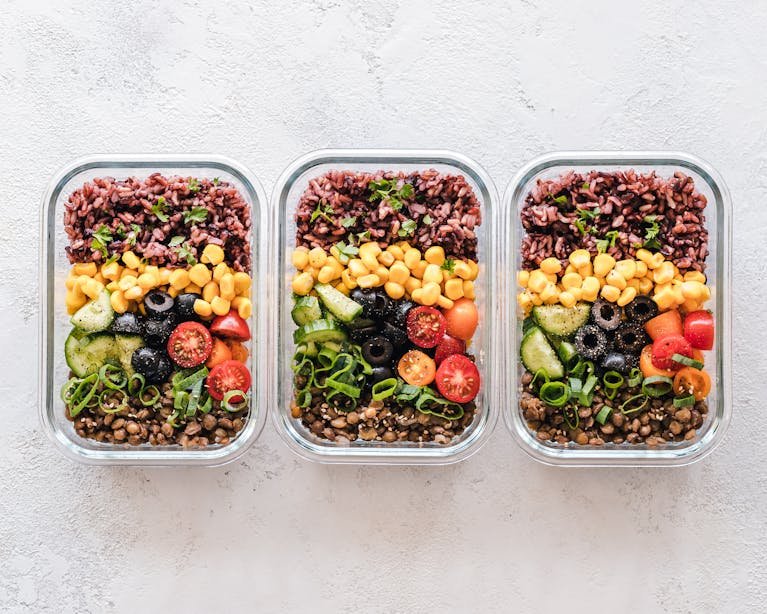7 Time-Saving Meal Prep Hacks Busy Professionals Need Today
Discover 7 game-changing meal prep hacks that help busy professionals save hours in the kitchen while creating delicious, healthy meals for the entire week.

Did you know that the average professional spends nearly 40 minutes preparing dinner each night? That’s almost 5 hours per week just on evening meals! As someone who’s spent years helping busy professionals streamline their kitchen time, I’ve discovered that effective meal prep hacks can reduce that time by up to 70%. When I first began, I was surprised to see how many talented professionals struggled to maintain a healthy diet simply because they couldn’t find the time to cook.
Let me share my favourite time-saving meal prep hacks that have helped countless busy professionals (myself included!) reclaim their evenings while still enjoying delicious, healthy meals. I’ve made plenty of mistakes along the way – like that time I attempted to prep an entire month’s worth of meals and ended up with a freezer full of freezer-burnt disasters! But these hard-earned lessons have led to some fantastic discoveries that I’m eager to share with you.
How Do I Start Meal Prepping for Beginners?
I still remember that pivotal Sunday when everything changed for me. I had been struggling with the chaos of weeknight cooking until I realised the benefits of setting aside dedicated prep time. Now, my Sunday Power Hour is a ritual – it’s the foundation of my entire week’s success in the kitchen.
Begin by gathering your essential tools. I can’t recommend my Amazon Basics Glass Meal Prep Containers enough for storage, and the Fullstar Vegetable Chopper is a game changer for quick vegetable prep. These two items have saved me countless hours of searching for containers and chopping!
Your Power Hour should follow this straightforward structure:
- First 10 minutes: Plan your menu and create your shopping list
- Next 40 minutes: Prep your ingredients (washing, chopping, portioning)
- Final 10 minutes: Organise and store everything
I’ve noticed that playing some upbeat music makes the time fly – my Sunday prep playlist has become quite popular among my meal-prepping friends!
What Foods Are Not Good for Meal Prep?
After some trial and error (and a few unfortunate encounters with soggy lettuce), I’ve figured out which ingredients hold up well over time. For protein, I’ve had great success with chicken breasts, eggs, and firm tofu – they all stay fresh when stored correctly.
Here’s a comparison of my favourite meal prep hacks proteins:
| Protein | Prep Method | Storage Life | Best Container |
|---|---|---|---|
| Chicken Breast | Grilled | 4 days | Glass container |
| Hard-boiled Eggs | Boiled | 7 days | Egg container |
| Firm Tofu | Baked | 5 days | Airtight container |
Foods to steer clear of in your meal prep include:
- Pre-cut avocados (they brown quickly)
- Dressed leafy greens (they become soggy)
- Crispy foods (they lose their crunch)
- Cut apples or pears (they oxidize quickly).
How Many Hours Should Meal Prep Take?
The first time I tried batch cooking, I almost gave up when everything finished cooking at different times. Now, I use what I call the “temperature cascade” method. I start with high-temperature items like roasted vegetables (200°C), then move on to proteins (180°C), and finally to grains (160°C).
I really love my Ninja Foodi Multi-Cooker for this – it’s a bit of an investment, but it has completely changed my batch cooking experience. You can pressure cook rice while air-frying chicken, and the results are always fantastic.
The whole process shouldn’t take more than 2-3 hours per week if you’re organised. I usually spend:
- 30 minutes planning and creating a shopping list
- 1 hour on prep work (washing, chopping, portioning)
- 1 hour on actual cooking (often at the same time)
- 30 minutes on cooling and storage.
What Containers Are Best for Meal Prep?
After losing countless containers to the office kitchen (and dealing with one unforgettable explosion in my bag), I’ve become quite the expert on meal prep containers. The Sistema KLIP IT Collection has been my favorite for years – they’re leak-proof and come with convenient divided sections.
For storing prepped ingredients, I suggest:
- Glass containers for hot foods
- BPA-free plastic for freezer meals
- Mason jars for salads and dressings
- Silicone bags for snacks and dry ingredients
Having a proper storage system is essential. I follow the “FIFO” method (First In, First Out) and label everything with masking tape and a permanent marker. Believe me, playing “guess the leftover” is not a game you want to win!
How Do I Keep Meal Prep Food Fresh?
My kitchen journey took a turn for the better when I learned about “ingredient bases” – those fantastic prep-ahead staples that can elevate any dish. I always have at least three types of what I like to call “flavour bombs” stashed in my freezer.
For example, my garlic-herb oil base (a result of a cooking mishap where I accidentally burnt a whole head of garlic!) now takes only 15 minutes to prepare and can be stored for weeks. Just blend together:
- 2 heads of garlic
- Fresh herbs (like basil, parsley, and thyme)
- High-quality olive oil
- A pinch of salt
I keep it in an OXO Good Grips Glass Container – they’re excellent for maintaining freshness.
How Do You Meal Prep Without Getting Bored?
After a memorable incident with a week-old prepped salad (let’s just say my colleagues still bring up that lunchroom mishap), I established my 3-day rule. It’s straightforward: prepare sturdy ingredients for 5-7 days, but only make delicate items for a maximum of three days.
I usually prep these items twice a week:
- Leafy greens
- Cut fruit
- Dressed salads
- Seafood dishes
A great investment for keeping things fresh is the FoodSaver Vacuum Sealer. It’s especially helpful for prolonging the freshness of prepped vegetables and portioned proteins.
How Do You Meal Prep Without Eating the Same Thing?
The key to transforming my meal prep routine was creating what I like to call “template meals.” Imagine them as your go-to outfit combinations, but for your meals! Each template consists of the following elements:
- Base (grain or green)
- Protein
- Vegetables (2-3 types)
- Sauce or dressing
- Toppings for crunch
One of my current favorite template combinations includes:
- Quinoa base (cooked in my Zojirushi Rice Cooker)
- Grilled chicken
- Roasted broccoli and sweet potato
- Homemade tahini dressing
- Toasted pumpkin seeds
Making Meal Prep Work for You: Final Thoughts
Remember that time I had a meal prep disaster with freezer-burnt food? It taught me a crucial lesson: meal prep hacks isn’t about being perfect – it’s about making progress. Start with small steps, discover what suits you, and gradually expand from there.
These hacks have saved countless hours for my busy professional clients, but they’re just the beginning. I’d love to hear about your meal prep victories (and disasters!) in the comments below. Share your favourite time-saving tricks, and let’s build a community of efficient, healthy eaters!
Ready to transform your weeknight dinner stress into meal prep success? Start with just one of these hacks this Sunday – I recommend the Power Hour – and watch how it changes your entire week. Your future self will thank you!



